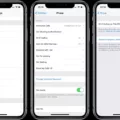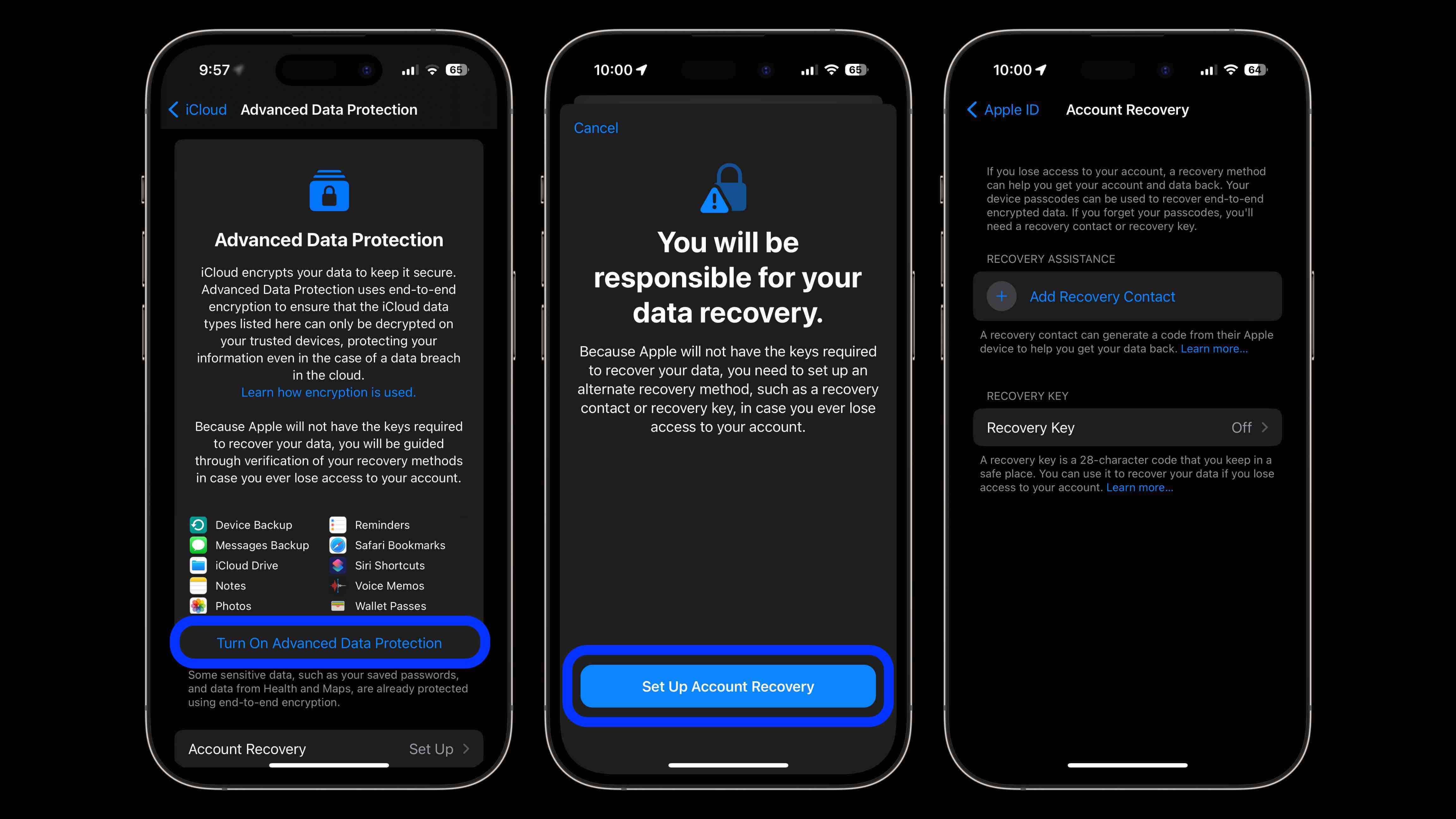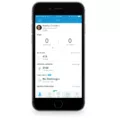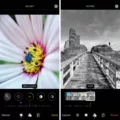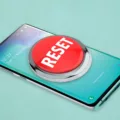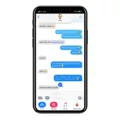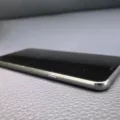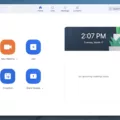Do you want to get the most out of your iPhone? Then you need to enable iMessage! iMessage is Apple’s messaging service that allows you to send and receive messages, photos, videos, and more over Wi-Fi or cellular data. It’s easy to turn on and use, so here’s a step-by-step guide on how to enable iMessage on your iPhone.
First, open the Settings app and scroll down until you find “Messages.” Tap it to open the Messages settings page. At the top of the page, you’ll see a toggle for “iMessage.” If it is green, then iMessage is already enabled. If not, tap the toggle to switch it on.
If iMessage still isn’t working despite being enabled in Settings, then your Send/Receive settings might not be configured correctly. To check this out go back into Settings > Messages > Send & Receive and make sure that your Apple ID Email Address is listed under “You Can Receive iMessage To and Reply From.”
If your iPhone still says “iMessage needs to be enabled to send this message” even though it’s been turned on in Settings, try turning it off and then back on again by going into Settings > Messages > toggle off iMessage then toggle it back on again.
Once you have successfully enabled iMessage on your iPhone, you can start sending messages right away! You can also access an array of third-party apps directly within Messages—just swipe left or right over the app drawer at the bottom of any conversation thread to find what you need!
So there you have it! With these steps, you can easily enable iMessage so that you can take full advantage of all its features and enjoy seamless communication with friends and family using Apple devices.
Enabling iMessage
To enable iMessage on your iPhone, begin by opening the Settings app. Scroll down until you find the Messages option and tap on it. At the top of the screen, you will see a toggle for iMessage. If the slider is green, this means that iMessage is alrady enabled. However, if the slider is gray, tap on it to enable iMessage. Once you’ve done this, you’ll be able to send and receive messages using iMessage!
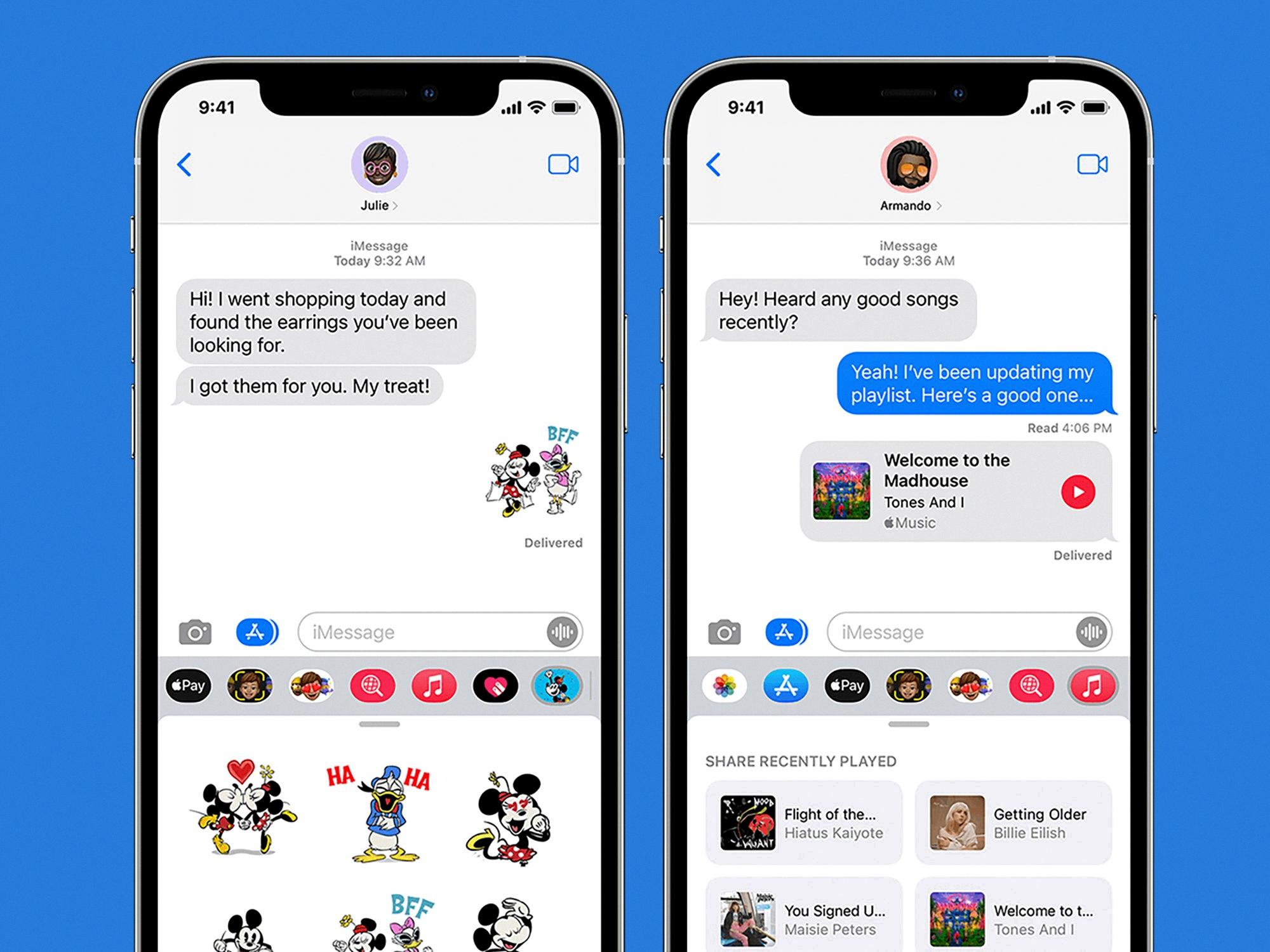
Source: popsci.com
Enabling iMessage on an iPhone
If your iPhone says that iMessage needs to be enabled, it usually means that you haven’t set up iMessage correctly on your device. To enable iMessage, go to Settings > Messages and make sure that the iMessage toggle switch is turned on. You also need to make sure that you’re signed in with your Apple ID and that you have a valid cellular data or Wi-Fi connection. Additionally, if you’re using an Apple ID for iMessage, make sure that the email address associated with your Apple ID is listed under the “You Can Receive iMessages To And Reply From” section. Once all of thse steps are completed, you should be able to start using iMessage on your iPhone.
Understanding Why IMessage is Disabled
It is pssible that your iMessage has been disabled due to a software update or other system issue. It could also be that you have exceeded the maximum number of messages allowed to be sent in a given period of time, or that your account has been temporarily disabled for security reasons. Additionally, if you are using an iPhone, the SIM card may not be properly inserted and recognized by the device. Finally, if you are using an older version of iOS, it could be that your device is no longer compatible with iMessage.
Using iMessage on an iPhone
To use iMessage on your iPhone, open the Messages app. Then tap the Compose button to start a new message or go to an existing conversation. You can then type in the person’s name or phone number and start typing your message. To use iMessage apps, swipe left or rigt over the app drawer to find the app that you want to use. You can then select an app, like stickers or games, and add it to your message by tapping it. Once you’re done composing your message, tap the blue arrow to send it.
The Significance of Green IMessages
IMessages are usually sent in blue, but if your messages are green it means they’re being sent as SMS text messages instead. This is because iMessages only work between Apple users, so you’ll always see green when writing to Android users or when you’re not connected to the internet. To ensure your messages are sent as iMessages, make sure both you and the othr person have an Apple device and that you’re connected to a stable Wi-Fi network or cellular data connection.
Troubleshooting Issues with iMessage on iPhone
There are many possible reasons why iMessage may not be working on your iPhone. The most common causes are an unstable internet connection, a software glitch, or an issue with your Apple ID. If you have a poor or unreliable Wi-Fi or cellular connection, iMessage may not work properly. Also, if there is a software update available for your device, try installing it to see if that fixes the issue. Finally, check to make sure that the email address associted with your Apple ID is valid and up to date. If none of these solutions solve the problem, contact Apple Support for more help.
Sending an iMessage Instead of a Text Message
To send an iMessage instead of a text message, start by making sure you have a data connection (Wi-Fi or cellular) and that iMessage is turned on in your settings. To turn on iMessage, go to Settings > Messages and make sure the switch for iMessage is turned on. If it is already turned on, try toggling it off and then back on again. After this, open your Messages app and select a contact you’d like to message. The phone will automatically detect if the contact has an active Apple device with an iMessage account connected. If they do, teir name will be blue instead of green – this indicates that your message will be sent as an iMessage instead of a text message.
The Meaning Behind the Green Text Messages on iPhones
When you text another iPhone, the message will uually be blue to indicate that it was sent using iMessage. However, if the recipient’s device is not compatible with iMessage (for example, if the recipient does not have an Apple device), or if either of your devices has iMessage disabled, then the message will be sent as an MMS/SMS and will appear as a green bubble. Additionally, some carriers may still use SMS for messages even when both users have iMessage enabled.
Conclusion
In conclusion, enabling iMessage on your iPhone is a simple process. To enable iMessage, go to Settings and scroll until you find “Messages”. At the top of the screen, find iMessage and tap the slider to enable it. Make sure your Apple ID Email Address is listed under “You Can Receive iMessage to and Reply From” section in Settings > Messages > Send & Receive. If you are still having trouble sending or receiving messages, turn off and then on iMessage in Settings > Messages. You can also use apps in iMessage by opening a message thread, tapping the Compose button, swiping left or right over the app drawer to find the app that you want to use. With these steps, you shuld be able to successfully enable iMessage on your iPhone and take advantage of all its features.

